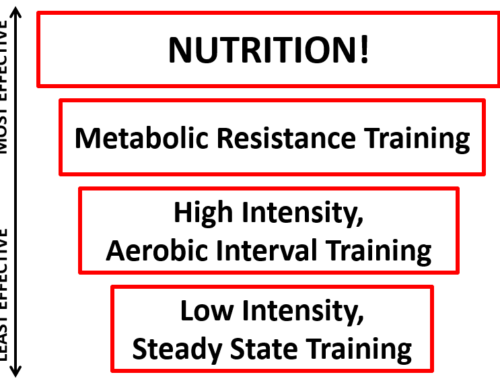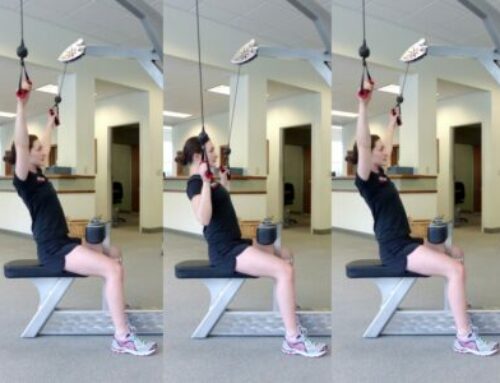
Popular Diets: Fuel for Success
Don’t let your new nutrition plan derail your fitness training
Published: 1/14/24
As we begin the New Year, we tend to have a renewed focus on wellness. In addition to fitness training, many of us are reassessing our nutritional habits and making dietary changes to help improve body composition. As such, it is important to address a few key considerations that can help us meet our nutritional needs while still having effective and successful training sessions.
Although there are many factors that influence changes in body composition, the balance of energy-in (food) to energy-out (exercise) is the biggest driver. When calories-out exceeds calories-in, weight loss occurs. However, when too few calories are consumed, workout performance and recovery will suffer. Consider the following when regulating your caloric intake with some of today’s more popular diets.
Calorie Reduction
When we reduce calories-in to elicit body composition changes, we need to be conscious of having enough calories available to fuel our workouts and promote post-workout recovery. If you are reducing calories-in, eat your largest meals and snacks around your workout time. For example, if you train earlier in the morning, go into the workout fueled up with a pre-workout snack and cap your session with a substantial breakfast post-workout. Then, create a caloric deficit by reducing the portion sizes of carbohydrates and/or fat for your lunch, afternoon snack, and dinner.
Fasting
Intermittent fasting incorporates a defined period of fasting, followed by a shorter period where all calories for the day are consumed. The most common protocols have a 14 to 18-hour fast and a 6–10-hour window to eat. The long fasting period ultimately drives fat loss by creating a caloric deficit. To adequately fuel your workout when on an intermittent fasting protocol, schedule your fast so that you can start fueling with a pre-workout snack containing carbohydrates and protein approximately 1 hour prior to exercise. Another option is to train between meals, staying within your 6-10-hour window to eat.
Elimination Diets
Diets that eliminate or severely limit certain food groups, such as Whole 30, Paleo, Atkins, and many varieties of “cleanses” or “resets” typically create a calorie deficit by reducing total carbohydrate intake. While a reduction in highly processed foods and added sugars has multiple benefits, the elimination of whole grains and legumes on these diets can significantly reduce your body’s energy stores, often to the detriment of workout performance. To remedy this and feel energized for your workouts, consider replacing these carbohydrate sources with starchy vegetables and fruits. Ideal carbohydrate sources on a grain and legume-restricted diet include:
| Starchy Vegetables | Fruits |
|---|---|
| Sweet potato (orange, purple, and white) | Apples |
| Spaghetti or acorn squash | Oranges and other citrus fruits |
| Zucchini | Pears |
| Broccoli or kholrabi noodles | Berries (blueberries, strawberries, raspberries, blackberries) |
| Tomatoes/tomato sauce | Bananas |
| Peas/snow peas | Plantains |
Lastly, when undertaking any new diet or eating style, consider whether these dietary changes are realistic for you long-term. Our experience in the fitness and nutrition industry has taught us that small, gradual changes maintained over the long term are much more effective than any quick fix when it comes to improving body composition and maintaining intensity in your training sessions. If something sounds unsustainable or too good to be true, you are probably right to heed to those red flags!




